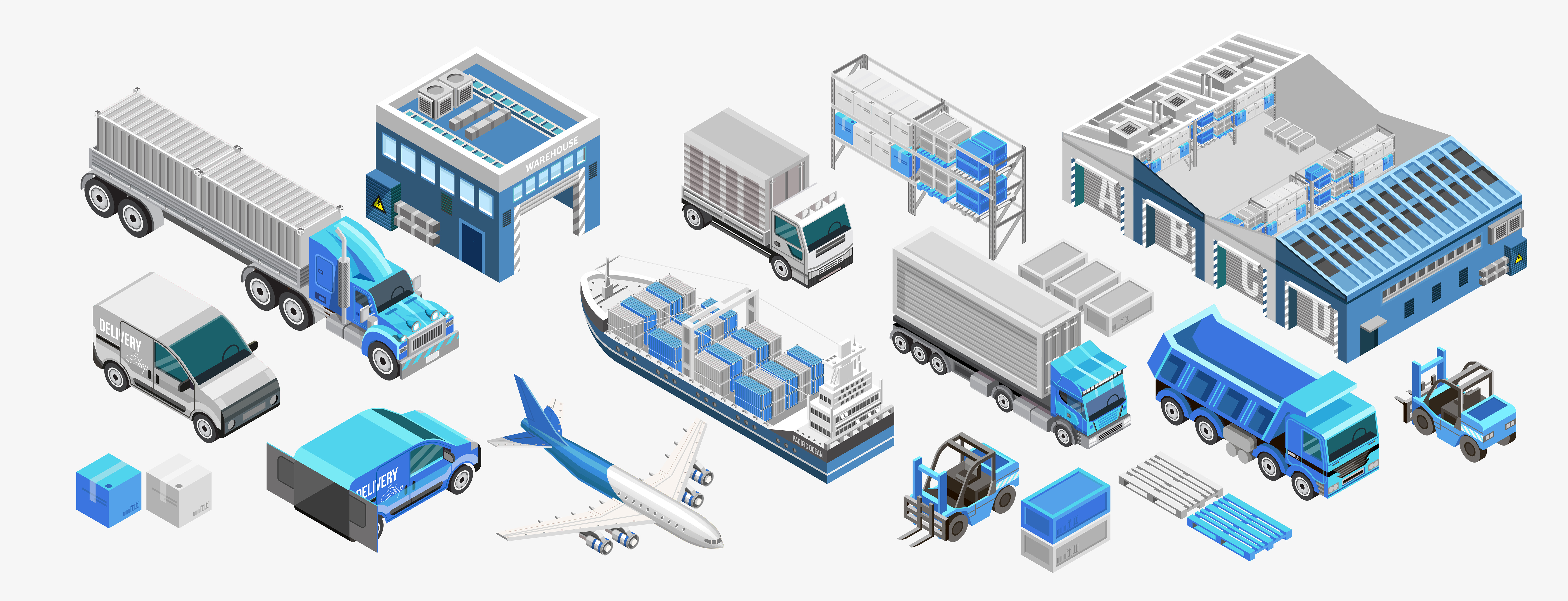Decoding LTL Shipping: A Guide to Freight Classification
In the realm of Less Than Truckload (LTL) shipping, there are certain key elements that, when properly understood, can streamline your logistics process, save costs, and avoid potential shipment issues. One such aspect that often seems intimidating is the freight classification system. Today, we aim to bring some light to this topic and provide you with a concise understanding of freight classes and their significance in LTL shipping.
The National Motor Freight Traffic Association (NMFTA) introduced a standardized freight classification system known as the National Motor Freight Classification (NMFC). This comprehensive system classifies freight into 18 different categories, ranging from Class 50 to Class 500. Understanding and accurately determining your freight class is vital as it directly affects your shipment’s pricing and the smoothness of your operation.
So, what influences the classification of your freight? Here are the four key determining factors:
- Density: The density of your cargo refers to the amount of space it occupies relative to its weight. Higher-density freight often falls into a lower class, consequently making it less costly to ship.
- Stowability: This relates to how easily your goods can be stowed. Items that are effortless to stow typically belong to the lower classes. Excessive weight, irregular shape, or the presence of hazardous materials can negatively impact stowability.
- Handling: Freight requiring special handling due to factors such as fragility, hazardous nature, or any unique requirements might be categorized into a higher class.
- Liability: High-value items or those susceptible to theft usually fall into higher classes owing to increased liability.
It's important to remember that the process of determining your freight class isn't always cut-and-dried. It requires a meticulous analysis of the above factors, and at times, the discerning eye of a freight professional.
At WTS, we understand these intricacies and are committed to helping you navigate them. Our team is equipped to assist you in determining the correct freight class for your shipments. This ensures you receive accurate pricing and prevents unnecessary shipment hiccups.
We welcome any queries or concerns you may have about freight classification or any other logistics issue. Our commitment to a strong, enduring partnership means we're always here to assist you.
The world of LTL shipping doesn't have to be complicated. Understanding elements like freight classification can help you optimize your logistics, making your operations smoother and more cost-effective. Trust WTS to guide you through these complexities, and let's transform your logistics experience together.




